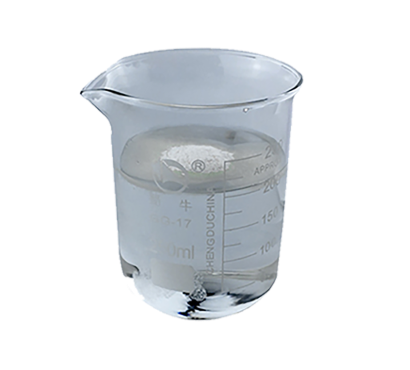
Вер . 21, 2024 11:22 Back to list
methyl hydroxyethyl cellulose
The Versatile Applications of Methyl Hydroxyethyl Cellulose
Methyl hydroxyethyl cellulose (MHEC) is a cellulose derivative widely used across various industries due to its remarkable properties. This water-soluble polymer is derived from cellulose, which is a naturally occurring polymer found in the cell walls of plants. MHEC is created by the chemical modification of cellulose through the introduction of methyl and hydroxyethyl groups, which enhances its solubility and functionality. Due to its unique characteristics, MHEC finds applications in construction, food, pharmaceuticals, cosmetics, and more.
The Versatile Applications of Methyl Hydroxyethyl Cellulose
In the food industry, MHEC plays a role as a food additive, primarily as a thickener, stabilizer, and emulsifier. Its ability to improve the viscosity and texture of food products makes it a popular choice for processed foods. By providing a smooth mouthfeel and preventing the separation of ingredients, MHEC is commonly used in sauces, dressings, and bakery products. Furthermore, it can help to enhance the shelf life of these products by retaining moisture and preventing spoilage.
methyl hydroxyethyl cellulose

Apart from construction and food, MHEC is also making waves in the pharmaceutical and cosmetic sectors. In pharmaceuticals, it serves as a binder and thickening agent in the formulation of tablets and suspensions. By improving the flow properties and enhancing the drug release profile, MHEC ensures that medications are delivered effectively. Its biocompatibility and non-toxic nature make it suitable for use in a variety of applications, from oral medications to topical formulations.
In cosmetics, MHEC is valued for its ability to improve the texture and stability of products. It acts as a thickener and emulsifying agent in creams, lotions, and gels, contributing to a smooth, luxurious feel. Furthermore, its water-retaining properties make it beneficial for skincare products, aiding in moisture retention and enhancing overall skin hydration.
Despite its many advantages, the production and use of MHEC do come with ecological considerations. As a derivative of cellulose, it is essential to ensure that the raw materials are sourced sustainably. The rise in environmental awareness has led many manufacturers to seek alternative and more sustainable methods of producing cellulose derivatives, including MHEC. Responsible sourcing and production practices will be critical in safeguarding the environment while meeting the growing demand for this versatile compound.
In conclusion, methyl hydroxyethyl cellulose (MHEC) is a multifaceted polysaccharide that has found extensive applications across various industries. Its unique properties make it an essential component in construction materials, food products, pharmaceuticals, and cosmetics. As industries continue to evolve, the importance of MHEC is likely to grow, provided that production practices remain sustainable and environmentally responsible. Understanding and leveraging the capabilities of MHEC can unlock new possibilities for innovation and enhanced product performance.
-
Unlocking the Benefits of HPMC Products: A Gateway to Versatile Applications
NewsAug.07,2025
-
Unleashing the Potential of HPMC Ashland: A Comprehensive Look
NewsAug.07,2025
-
Tile Bonding Cellulose: The Key to Superior Adhesion and Durability
NewsAug.07,2025
-
Hydroxypropyl Methylcellulose Powder: The Versatile Component in Modern Pharmaceuticals
NewsAug.07,2025
-
Hydroxyethyl Cellulose: The Versatile Solution for Various Industries
NewsAug.07,2025
-
Hydroxyethyl Cellulose (HEC): The Versatile Polymer for Various Applications
NewsAug.07,2025







